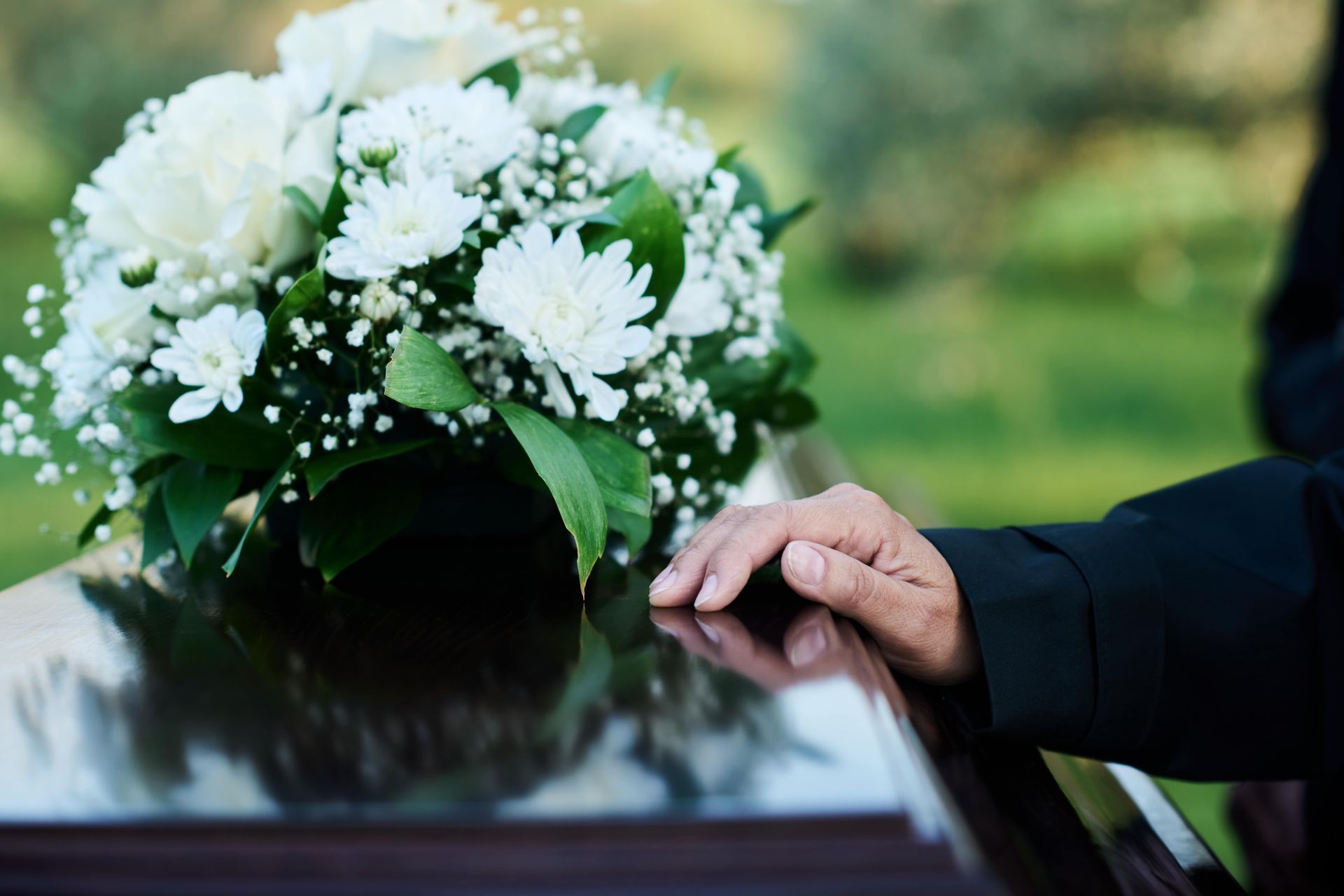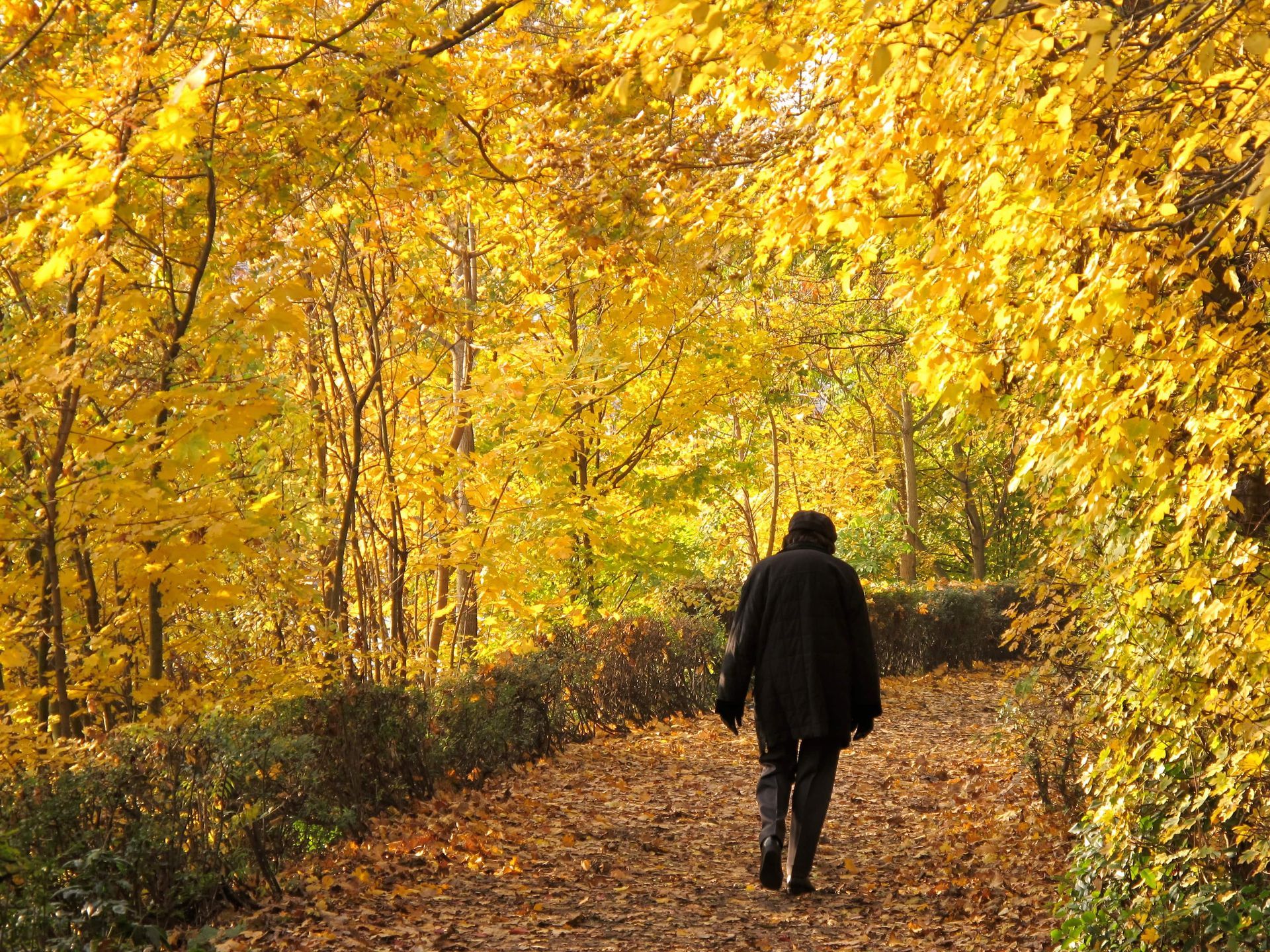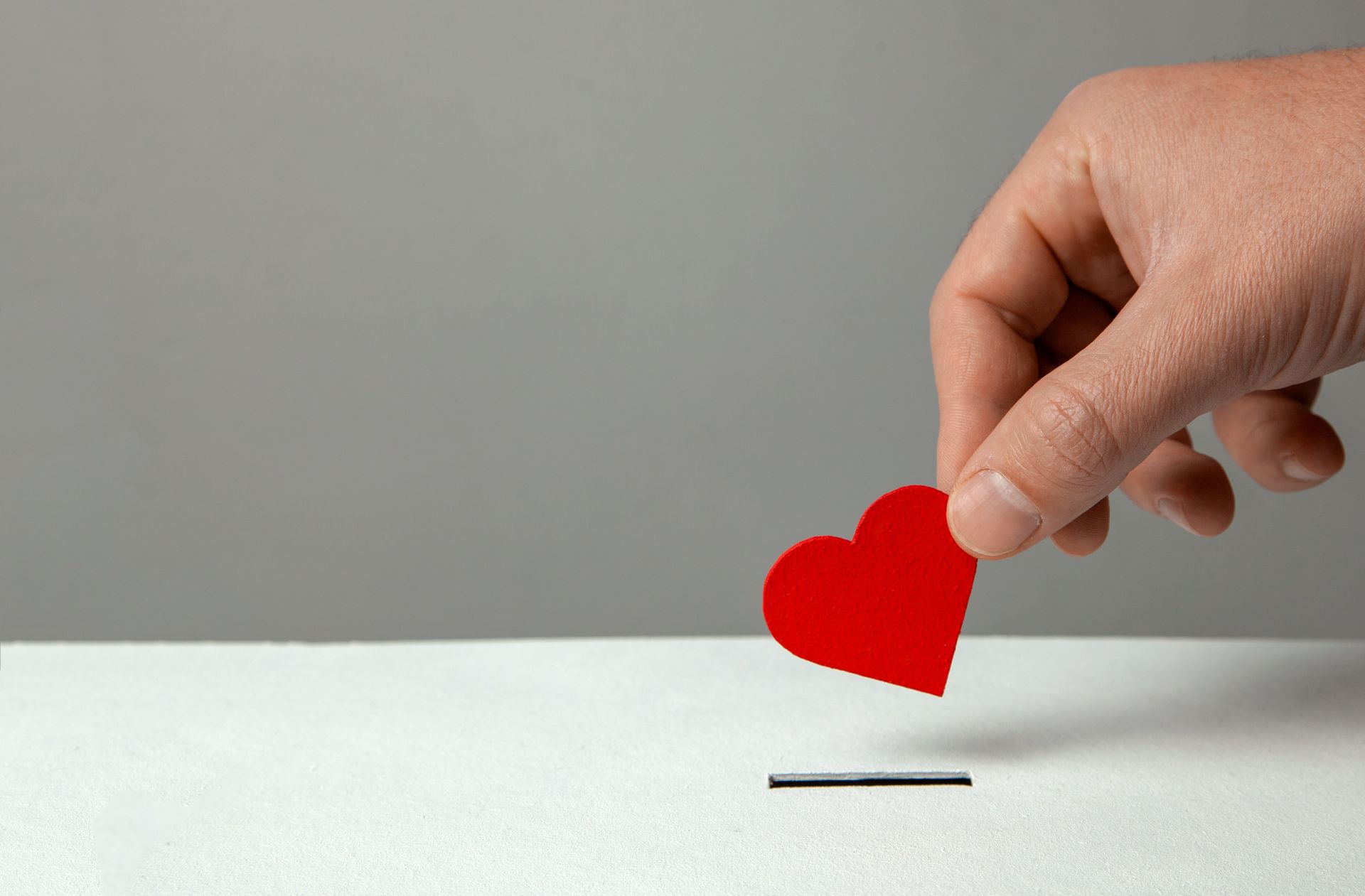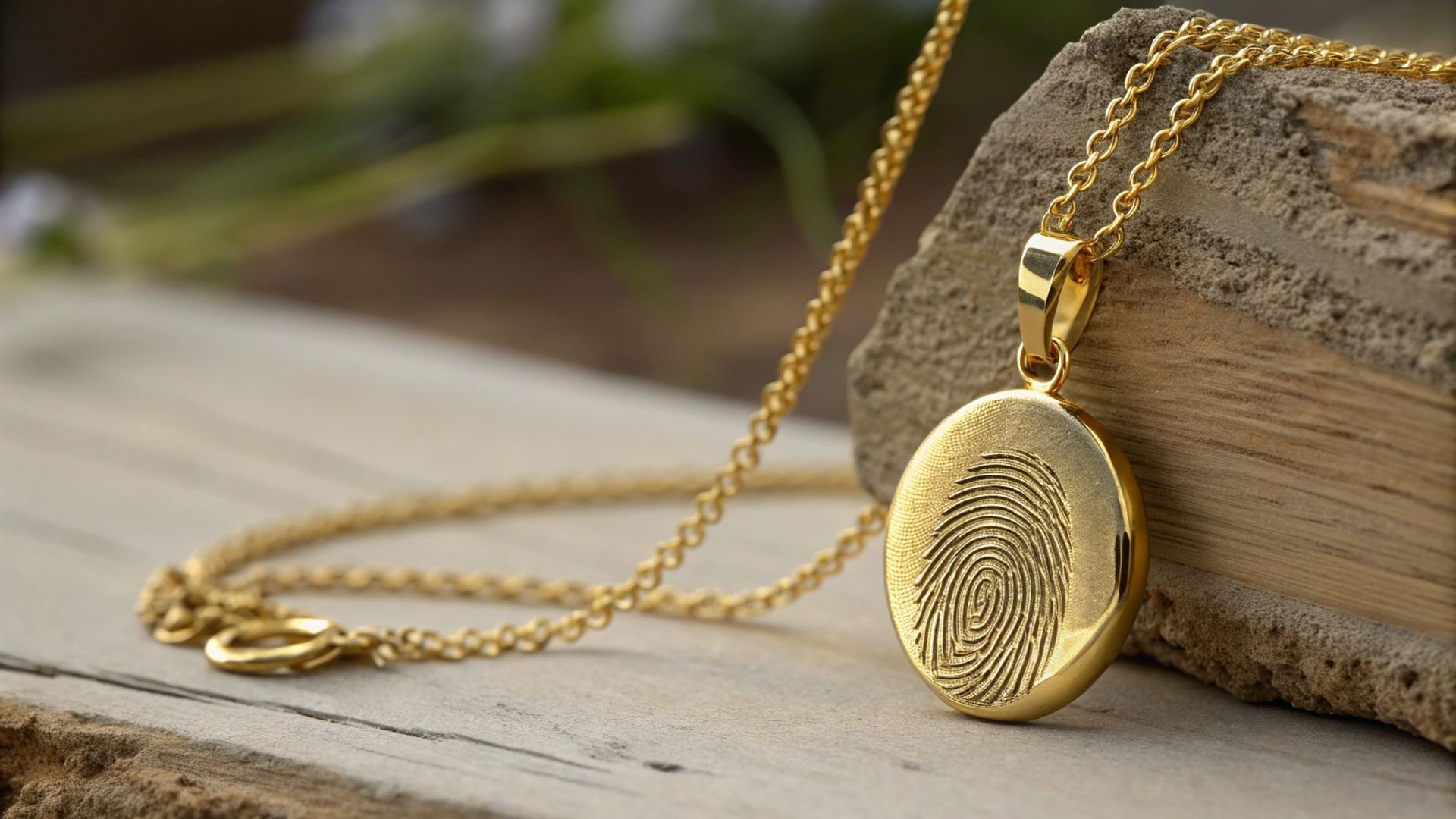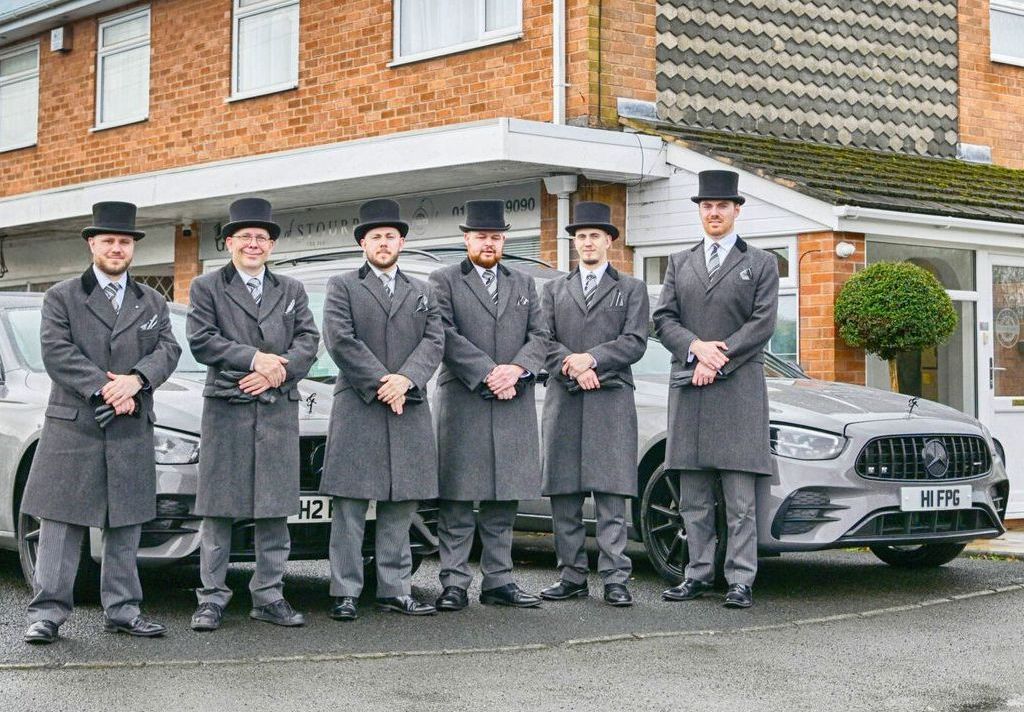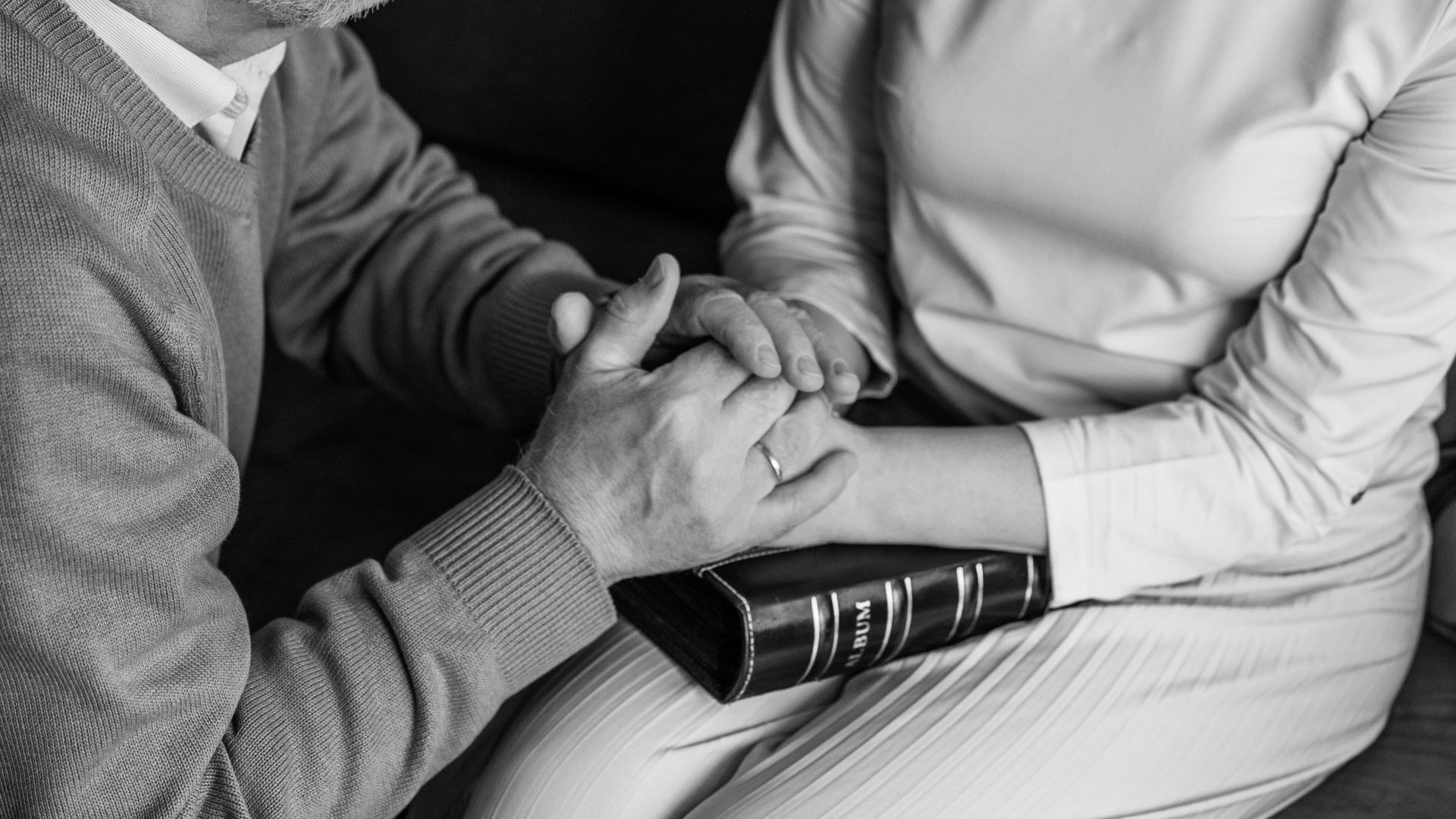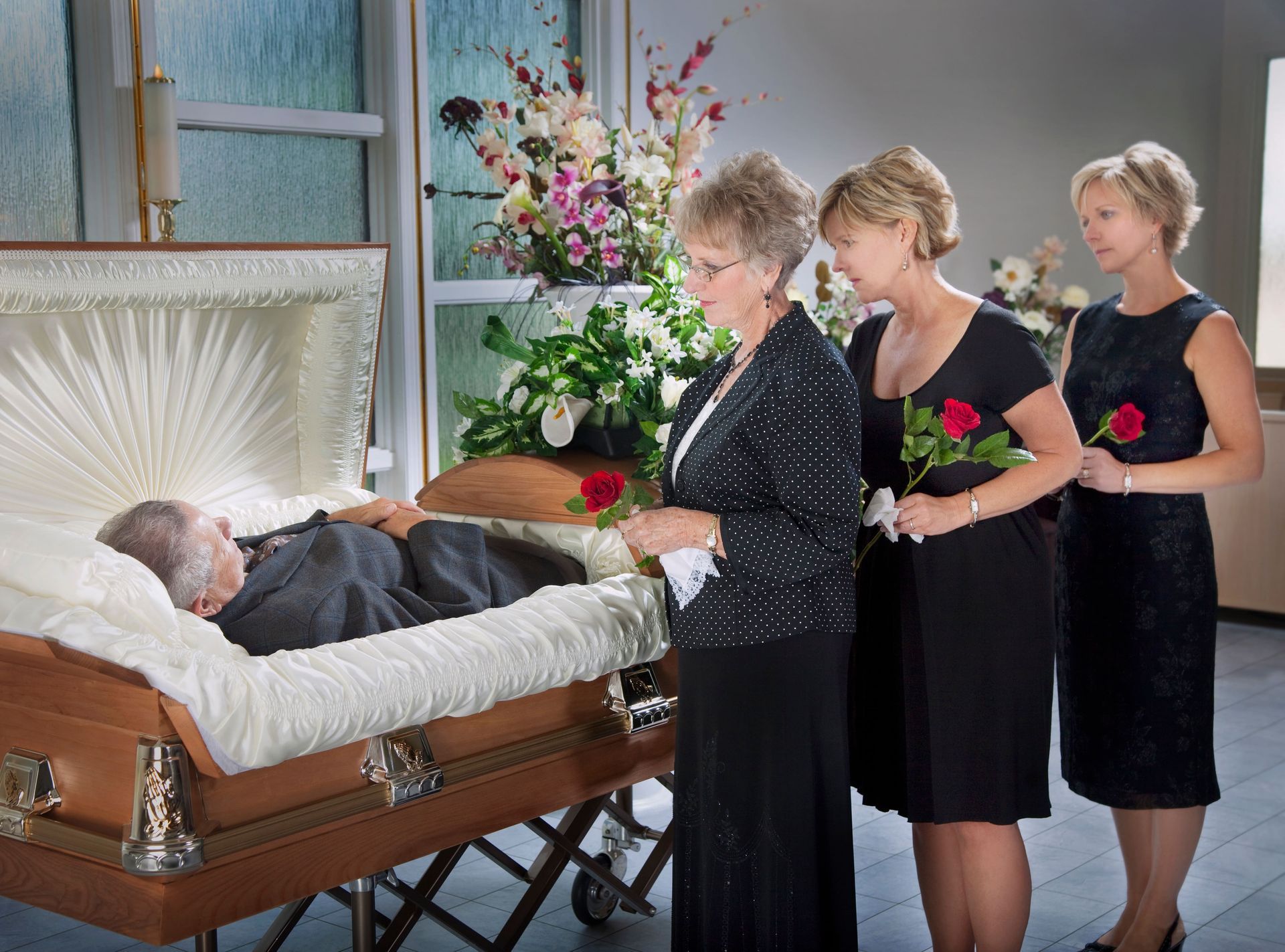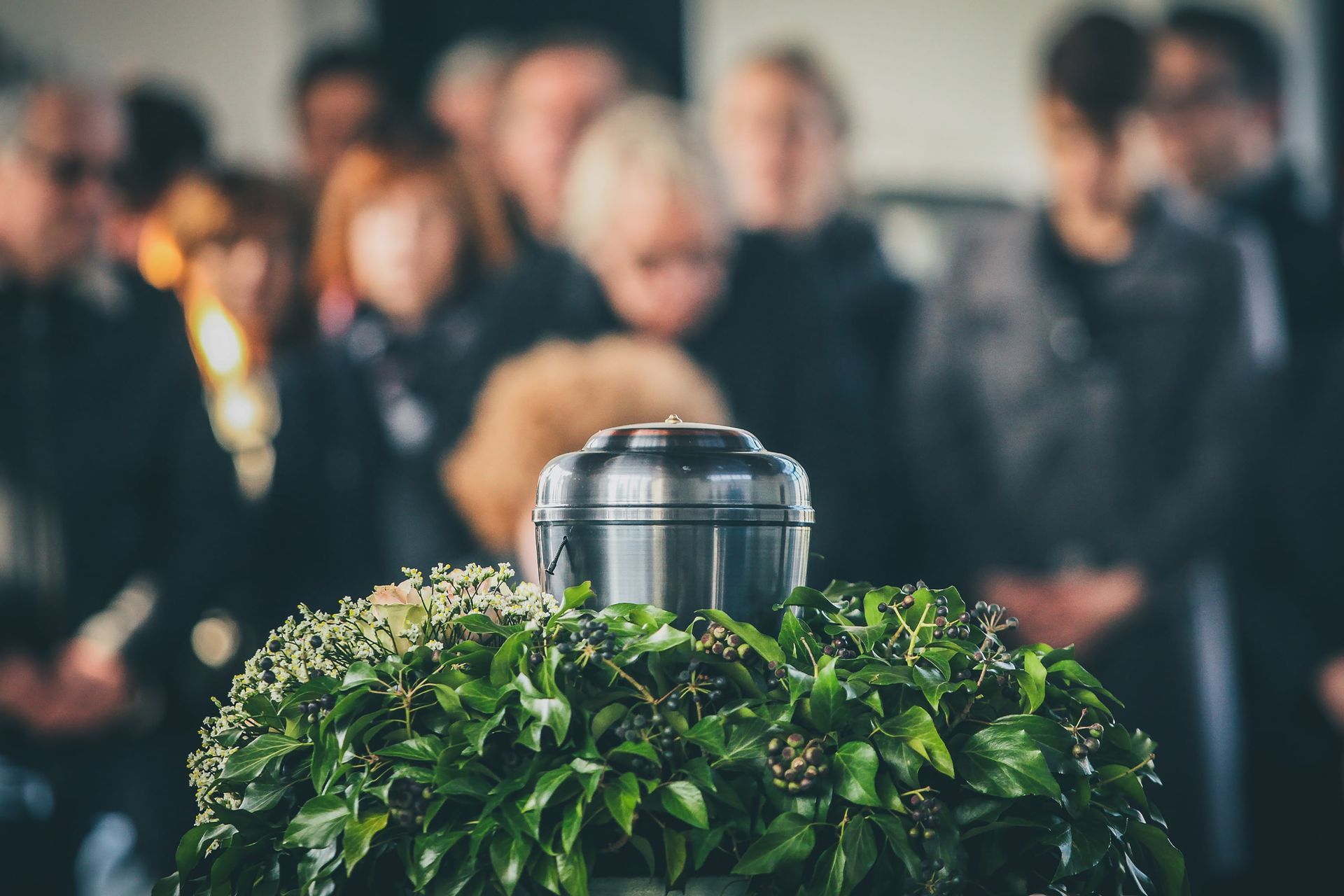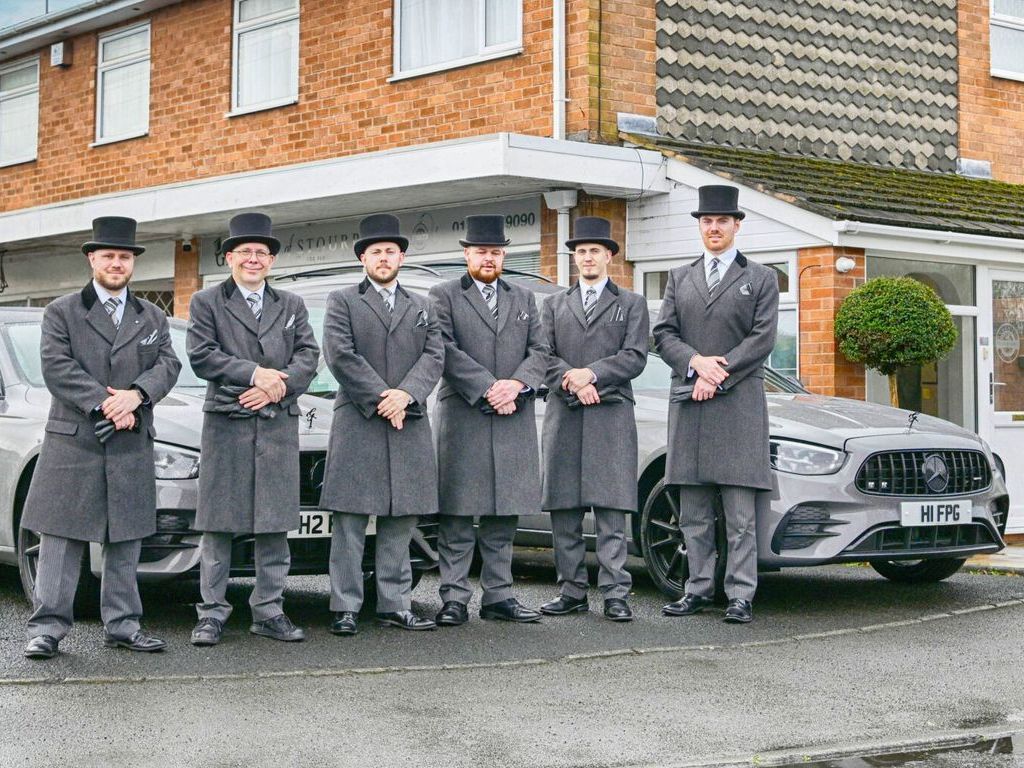What to Wear to an Asian Funeral
A Guide to Cultural Respect and Tradition
Attending a funeral is always a solemn occasion, and dressing appropriately is a sign of respect for the deceased and their family. Asian funerals often have specific cultural and religious customs that influence the attire expected of attendees. Understanding these traditions can help you pay your respects in the most appropriate way.
General Guidelines for Asian Funerals
While funeral customs can vary greatly across different Asian cultures, there are a few common principles to keep in mind:
- Modesty: Clothing should be conservative and respectful, avoiding bright colours and flashy accessories.
- Simplicity: Simple, understated attire is preferred, reflecting mourning and respect.
- Cultural Sensitivity: Always consider the religious and cultural background of the deceased's family.
Chinese Funerals
Chinese funeral attire traditionally follows a strict colour code that reflects the age and circumstances of the deceased.
- Colours:
- White is the most appropriate colour, symbolising mourning and purity.
- Black is also acceptable, particularly for Westernised ceremonies.
- Avoid red, as it symbolises happiness and celebration.
- Clothing Style:
- Men should wear a white or black suit with a white shirt.
- Women should wear modest white or black clothing, avoiding elaborate jewellery or makeup.
Indian (Hindu) Funerals
Hindu funeral traditions emphasise simplicity and spiritual reflection.
- Colours:
- White is traditionally worn by both men and women, symbolising purity and detachment from material life.
- Avoid black, as it is associated with negativity and is not customary in Hindu traditions.
- Clothing Style:
- Men usually wear a simple white kurta and pyjama or formal attire.
- Women often wear plain white sarees or modest white clothing.
Buddhist Funerals
Buddhist funeral traditions also emphasise respect and simplicity, with colours holding significant meaning.
- Colours:
- White is most commonly worn by close family members.
- Black or dark colours can be worn by extended family and guests.
- Bright colours should be avoided as they are considered inappropriate.
- Clothing Style:
- Men should wear dark suits with white shirts.
- Women should wear modest clothing with minimal embellishments.

Muslim Funerals
Islamic funeral customs across Asia emphasise modesty and respect for religious traditions.
- Colours:
- Dark, subdued colours such as black, grey, or navy are appropriate.
- Avoid bright colours and flashy patterns.
- Clothing Style:
- Men should wear simple, conservative attire such as long-sleeved shirts and trousers.
- Women should wear modest clothing covering arms and legs, with a headscarf if required.
Japanese Funerals
Japanese funerals are typically formal and sombre affairs.
- Colours:
- Black is the standard colour for funeral attire.
- White shirts are acceptable for men, but avoid bright colours.
- Clothing Style:
- Men should wear a black suit with a white shirt and a black tie.
- Women should wear a black dress or a black kimono with minimal accessories.
- Jewellery should be understated, and makeup should be minimal.
Korean Funerals
Korean funerals follow a blend of traditional and modern customs.
- Colours:
- Black or white clothing is appropriate.
- Bright colours should be avoided, as they signify celebration.
- Clothing Style:
- Men usually wear black suits with white shirts and black ties.
- Women should wear conservative black or white clothing, such as a black dress or hanbok (traditional attire).
- Modesty is key, with minimal accessories and subdued makeup.
Additional Considerations
- Shoes: In many Asian cultures, shoes may need to be removed before entering a funeral venue, so consider wearing slip-on shoes.
- Accessories: Keep accessories minimal and respectful; flashy jewellery and makeup should be avoided.
- Customs: If in doubt, ask a family member or observe what others are wearing to ensure you follow cultural expectations.
Understanding what to wear to an Asian funeral shows respect for the cultural traditions of the grieving family and ensures that you pay your respects appropriately. Whether attending a Chinese, Indian, Buddhist, Muslim, Japanese, or Korean funeral, adhering to traditional attire customs can help you honour the deceased with dignity and respect.


